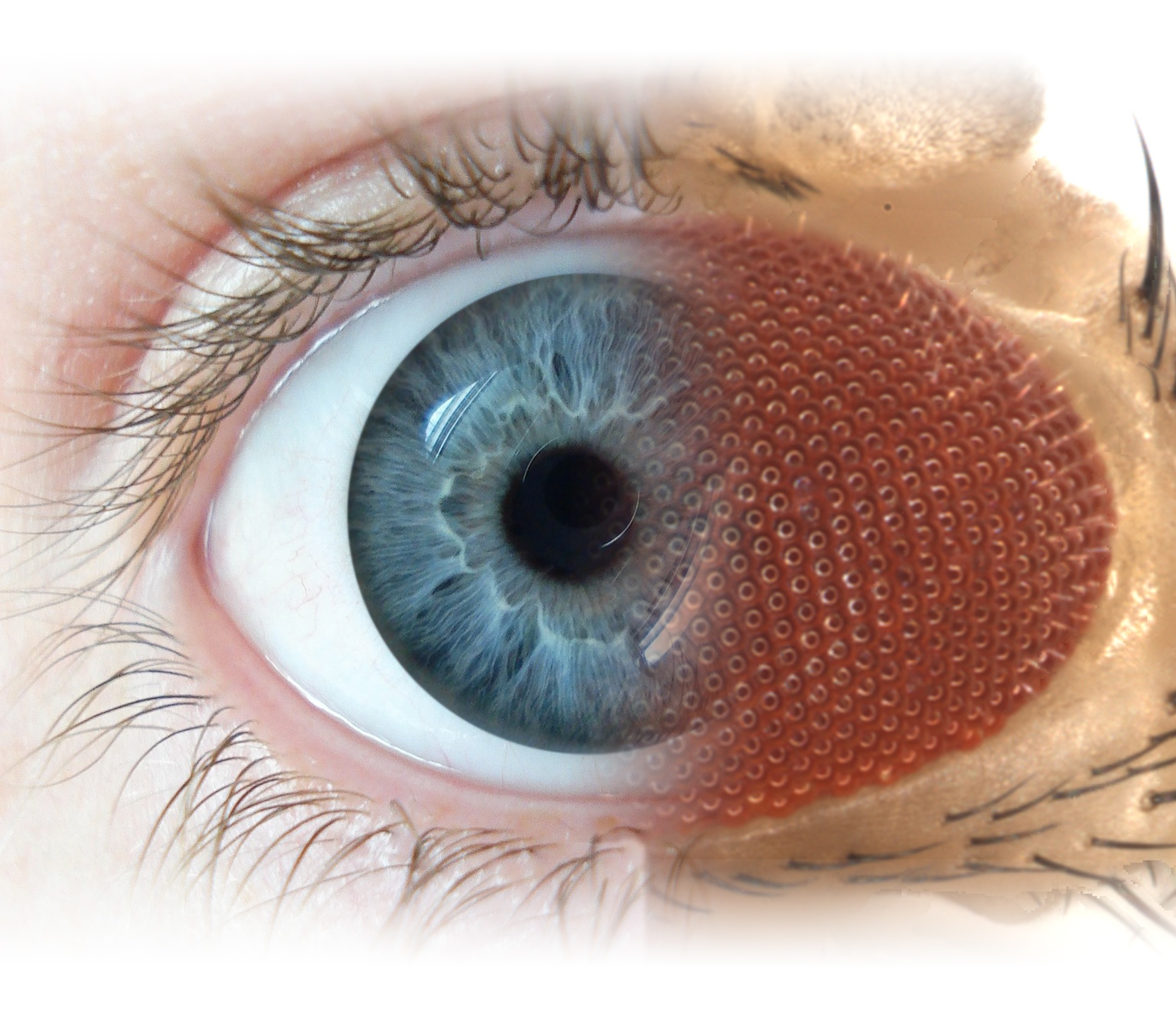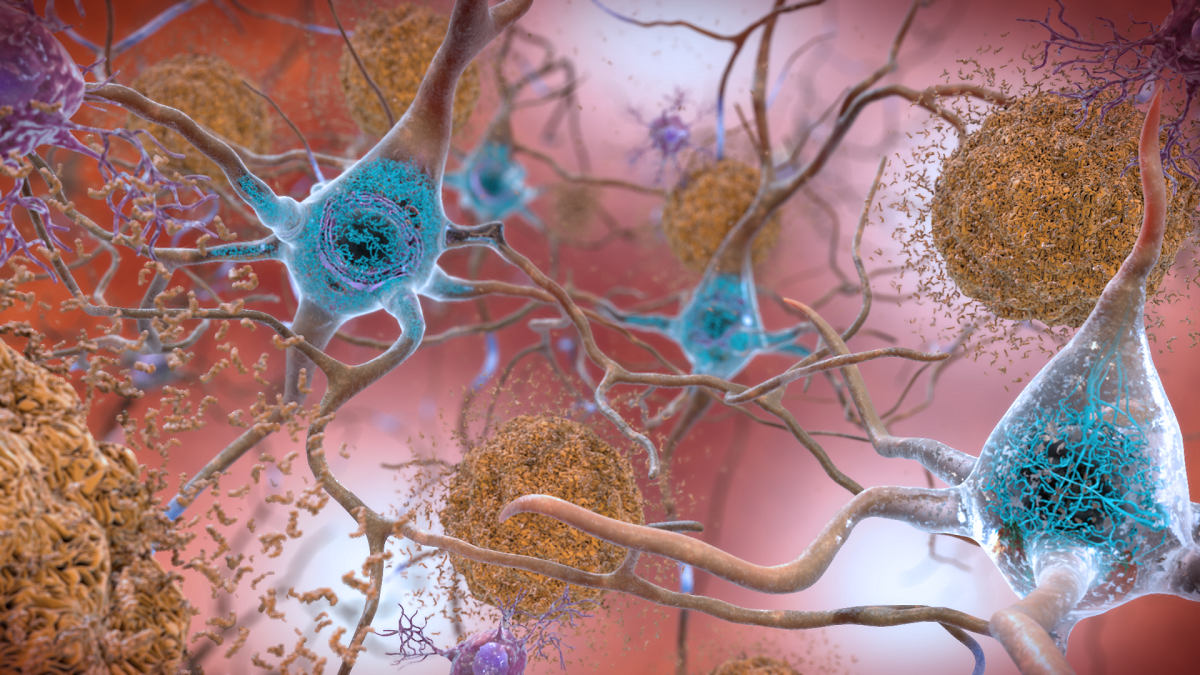Image of the Month: Fruit flies and humans

Editor’s note:
Much of the research that ends up benefiting humans starts in laboratories that focus on model animals such as fruit flies. They are critical step in determining the cause and possible treatments for human disease. Yet research as a whole and that in model organisms is suffering from a decline in support from the National Institutes of Health and the National Science Foundation, those federal agencies that fund this high risk, high yield research that has been at the heart of many of the new treatments available today. Online in the journal Genetics, Baylor College of Medicine’s fruit fly researchers Drs. Michael Wangler, Shinya Yamamoto and Hugo Bellen describe the problem and propose a solution.
Fruit Flies in Biomedical Research
Michael F. Wangler,*,†,‡,1 Shinya Yamamoto,*,‡,§,1 and Hugo J. Bellen*,‡,§,**,††,2
*Department of Molecular and Human Genetics, †Department of Pediatrics, §Program in Developmental Biology and **Department of Neuroscience, Baylor College of Medicine (BCM), Houston, Texas 77030, ‡Jan and Dan Duncan Neurological Research Institute, Texas Children’s Hospital, Houston, Texas 77030, and ††Howard Hughes Medical Institute, Houston, Texas 77030
ABSTRACT Many scientists complain that the current funding situation is dire. Indeed, there has been an overall decline in support in funding for research from the National Institutes of Health and the National Science Foundation. Within the Drosophila (fruit fly) field, some of us question how long this funding crunch will last as it demotivates principal investigators and perhaps more importantly affects the long-term career choice of many young scientists. Yet numerous very interesting biological processes and avenues remain to be investigated in Drosophila, and probing questions can be answered fast and efficiently in flies to reveal new biological phenomena. Moreover, Drosophila is an excellent model organism for studies that have translational impact for genetic disease and for other medical implications such as vector-borne illnesses. We would like to promote a better collaboration between Drosophila geneticists/biologists and human geneticists/bioinformaticians/clinicians, as it would benefit both fields and significantly impact the research on human diseases.
For the full review, please go to the journal Genetics. This abstract is reprinted with permission from the publisher.



